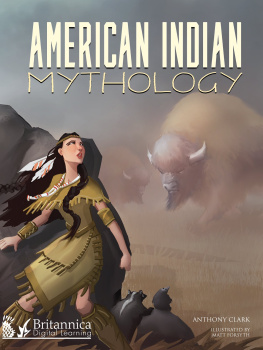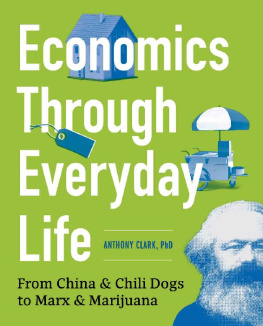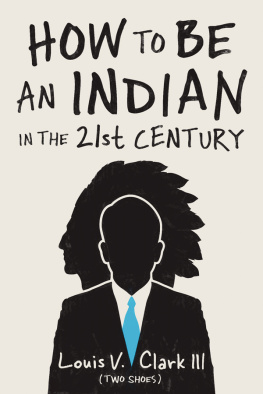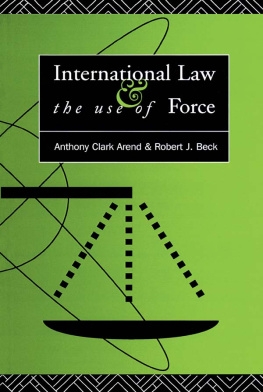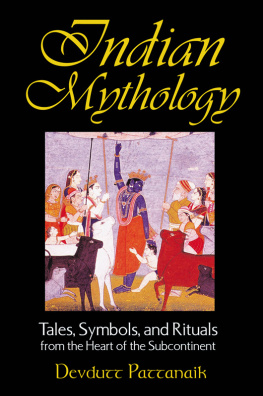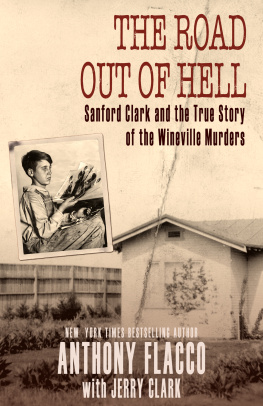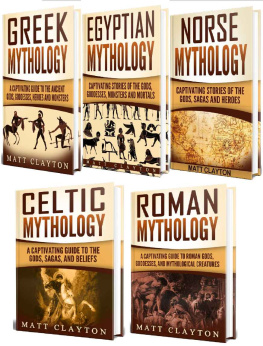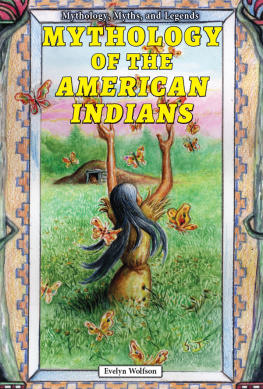Before & After
Reading Activities
Before Reading:
Building Academic Vocabulary and
Background Knowledge
Before reading a book, it is important to tap into what
your child or students already know about the topic. This
will help them develop their vocabulary, increase their
reading comprehension, and make connections across the
curriculum.
Look at the cover of the book. What will this book be
about?
What do you already know about the topic?
Lets study the Table of Contents. What will you learn about
in the books chapters?
What would you like to learn about this topic? Do you think
you might learn about it from this book? Why or why not?
Use a reading journal to write about your knowledge of this
topic. Record what you already know about the topic and
what you hope to learn about the topic.
Read the book.
In your reading journal, record what you learned about the
topic and your response to the book.
After reading the book complete the activities below.
After Reading:
Comprehension and Extension Activity
After reading the book, work on the following questions with your child or students in order to check their
level of reading comprehension and content mastery.
Discuss four different types of American Indian myths and stories. (Summarize)
Why did the American Indians pass their stories along in oral form rather than written form? (Infer)
What was the Trail of Tears? (Asking Questions)
How is listening to a story different from reading a story? Which do you like better, hearing someone
tell a story or reading it yourself from a book? (Text to Self Connection)
What is a trickster? Give an example. (Asking Questions)
Extension Activity
After reading the book, do some research and find out what tribes lived, or still live, in your area. Find one
tribal myth and study it. What is the purpose of the myth? Is it a creation myth, a trickster tale, a how-and
why story, a hero myth, or some other kind of story?
Content Area
Vocabulary
Read the list. What do these
words mean?
customs
grouse
heritage
heroines
interpretation
portrayed
spiritual
translated
TABLE OF CONTENTS
MYTHOLOGY AND
STORYTELLING IN
AMERICAN INDIAN
CULTURES
Myths have always been part of the lifeblood of American
Indian cultures. The myths were passed on as oral stories,
meaning they were spoken rather than written. The stories were
used to teach lessons about the tribes customs , history, and
spiritual beliefs.
CULTURE AREAS
Before Europeans arrived, American Indian
groups lived in many regions, also known
as culture areas, of North America. The
culture areas contained many tribes or
nations.
The tribes have many
kinds of stories. Some of
the stories feature god-like
creators. Others feature
heroes. Many American
Indian myths include talking
animals or humans who
possess animal-like qualities.
SACRED ANIMALS
Most American Indians believe everything in
nature has a soul and is sacred.
Each tribe has its own myths,
but some types of stories are found
in nearly every American Indian
tribe. Some common story types
across tribes include creation
myths, how-and-why stories,
trickster tales, and hero myths.
THE FIRST MEETING
OF THE NEW WORLD
AND THE OLD
The first tribe Christopher Columbus
encountered in the New World was the Taino,
part of the Arawaks. The Arawak Indians
lived in South America and the Caribbean.
A creation myth is a story about how the world was
made. Most tribes have their own creation myth featuring
a character who plays the role of creator.
THE RAVEN
PEOPLE
The Crow were originally
called Apsaalooke, meaning
children of the large
beaked bird. Europeans
misinterpreted the term
as crow. A better
interpretation is raven.
Neighboring tribes called
them The Raven People.
For the Crow, the creator is Old
Man Coyote, who was around
when there was nothing but water.
He wished for someone to talk
to, and two ducks appeared. He
asked one of the ducks to dive
underwater and see what it could
find. The duck found a clump of
soil and a root.
Old Man Coyote breathed on
the clump of soil. It expanded,
forming the Earth. Then he
planted the root; from that came
the plants and trees. The ducks
were lonely, so the creator used
some clay to make more ducks,
as well as people.
Old Man Coyote met Little Coyote,
who said, We need more animals.
Old Man Coyote created animals by
speaking their names. He said bear
and the bear was created. He said deer
and the deer was created. He made
Prairie Chicken, who taught the animals
to dance. For the people, he made teepees, fire, and weapons. He
didnt give the animals weapons because they already had fangs,
claws, and antlers.
The world seemed good as it was, but Little Coyote
told the creator that something was missing. Maybe Old
Man Coyote shouldnt have listened to his little friend,
who said, People need different languages so theyll
misunderstand each other and go to war.

